Every cat owner knows that special moment when their feline friend first looks at them with those slow-blinking eyes. It’s something that goes beyond simple companionship. Cats form close emotional relationships with humans, and these bonds develop through distinct stages that mirror the deepest human connections. The current data support the hypothesis that cats show a similar capacity for the formation of secure and insecure attachments towards human caregivers previously demonstrated in children. Let’s dive into the remarkable journey of how these relationships unfold through years of shared experiences.
The First Trust – Accepting Human Touch

This initial breakthrough happens differently for every cat, but it represents a profound shift in their emotional world. Scientists have shown that, in order for adult cats to be affectionate with humans, they need to have been handled during the 2- to 7-week period after their birth. For rescued or adopted cats, this milestone might take weeks or even months.
The moment a cat allows you to pet them without flinching marks the beginning of emotional investment. They’re essentially deciding whether you’re worthy of their vulnerability. Cats are very protective of their personal space and don’t like unwelcome guests to invade it. If a cat allows you to get close to them, that suggests a close bond, particularly where the contact is frequent or long lasting.
Recognition and Response – Learning Your Voice
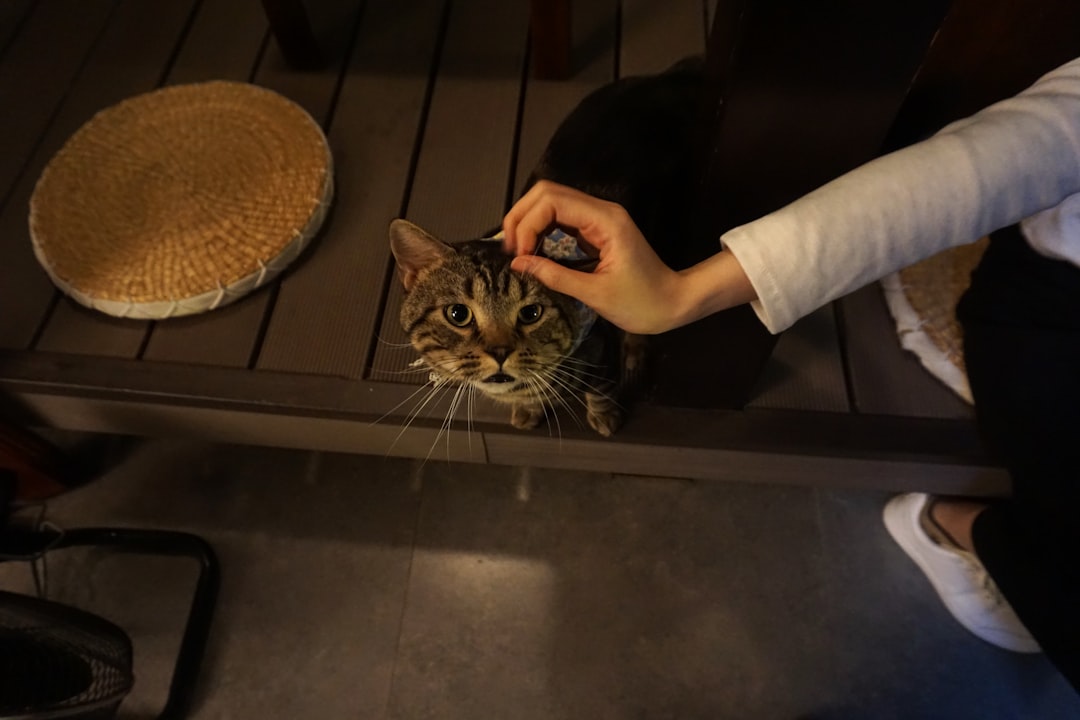
Something magical happens when your cat starts recognizing your specific voice among all others. Research has shown that cats prefer to interact with their owner than with a complete stranger and that they are more responsive to their owner’s voice than that of a stranger. This isn’t just about food time or playtime schedules.
Research shows that cats demonstrate social referencing by looking at humans and appearing to gauge their responses when confronted with new situations. Your cat begins turning to you for emotional cues about how to respond to new situations. When they meow back at your gentle conversations or chirp when you enter a room, they’re establishing a unique communication system just for you two.
The Scent Bond – Claiming You as Family

When your cat first rubs their cheek against your leg or headbutts your hand, they’re doing something incredibly intimate. One way your cat shows they love you is by bumping their head against you or rubbing their cheeks against you. This behavior stems from kittenhood where your feline would have done the same to their mother. When your kitty bunts or headbutts you, they are trying to mark you with their scent. This is your feline’s way of claiming you as one of their own and strengthening their bond with you.
This scent marking represents a deep emotional commitment. In particular, cats use scent to identify members of their social group or family, by sharing a group scent profile. Cats have scent glands on their flanks, head and around their ears, and often rub their heads against people and objects that are familiar and comforting.
The Vulnerability Display – Showing Their Belly
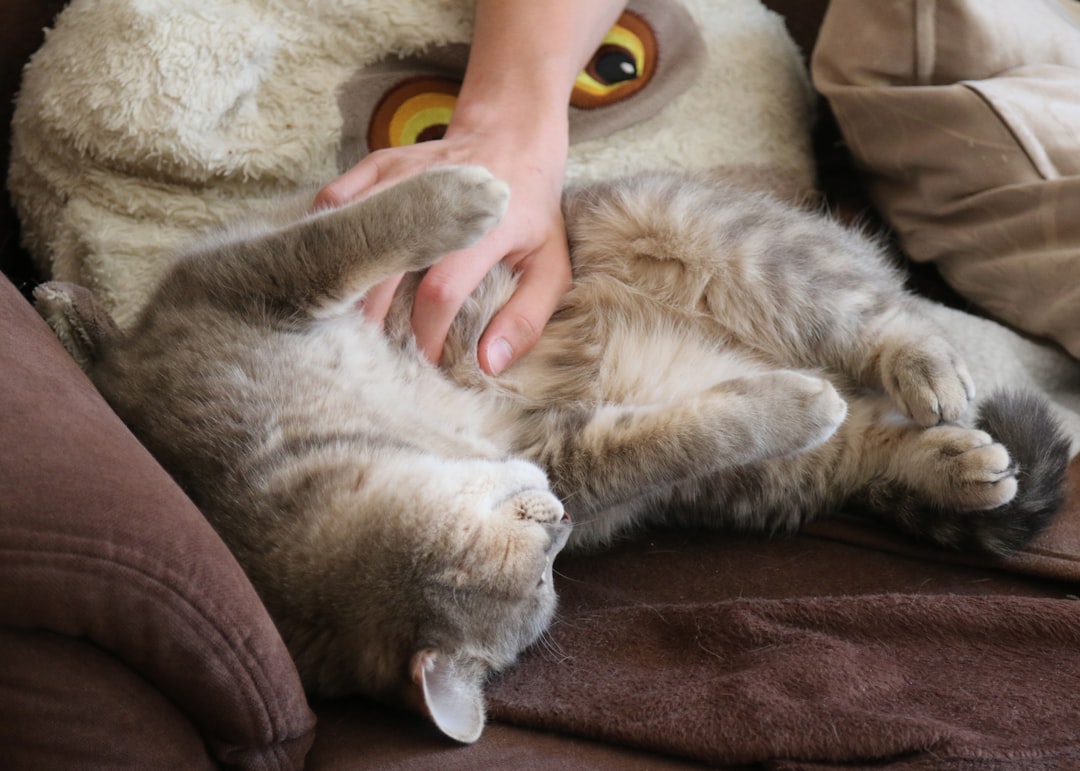
Nothing says trust quite like a cat rolling over and exposing their most vulnerable spot to you. Some cats roll around on the ground excitedly around their favorite people. It often happens when loved human companions first come home after being away. Cats are often protective of their vulnerable bellies, so anecdotally, it’s a major sign of trust and affection when a cat is so happy to see you that they roll around and invite you to pet their tummy.
This milestone often surprises new cat owners because it seems so dog-like. However, Rolling over and exposing their vulnerable under belly is another gesture that a cat has ultimate trust in you. However cats prefer to be petted on the head and neck area, so this is not usually a request for a belly rub.
Emotional Mimicry – The Slow Blink Exchange
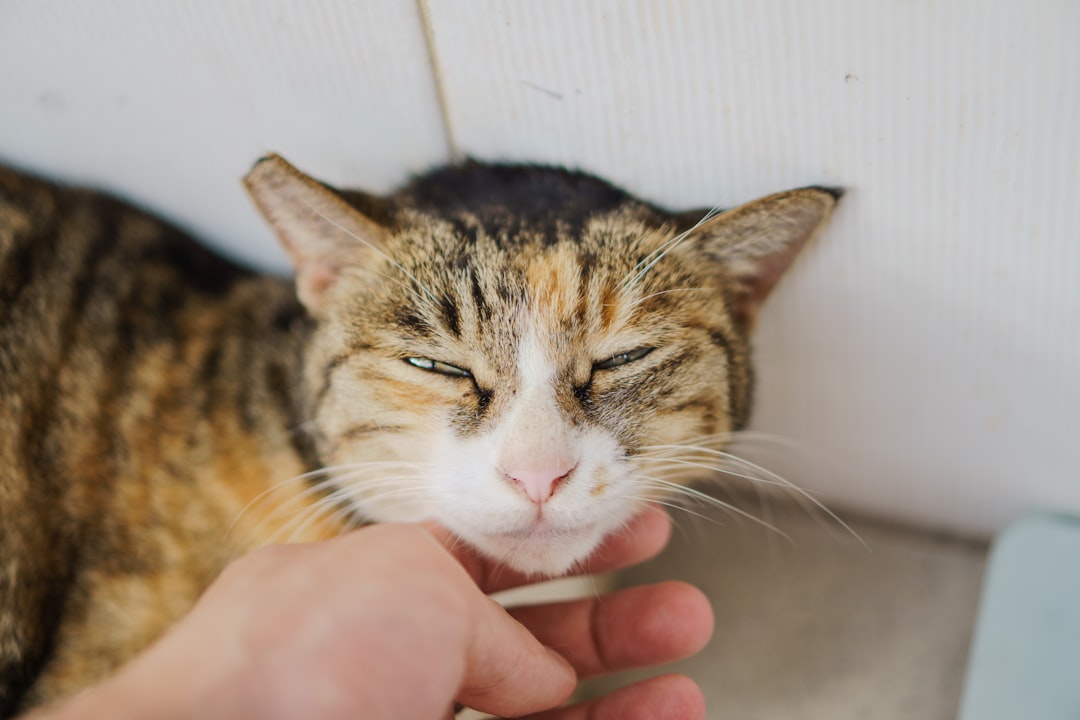
The first time your cat gives you a slow, deliberate blink and you blink back, you’re participating in what researchers call “cat kisses.” Research suggests slow blinks are associated with a positive emotional state and can be a sign of trust, contentment and affection, similar to a human smile. If you wish to return the compliment, blink and your cat might blink back.
This behavior develops into a sophisticated form of emotional communication. When cats encounter strange humans or other cats they don’t know, they usually greet them with an unblinking stare. But they are more likely to slowly blink at cats they have a good relationship with. Research suggests slow blinks are associated with a positive emotional state and can be a sign of trust, contentment and affection, similar to a human smile.
Comfort Seeking – Choosing You for Security
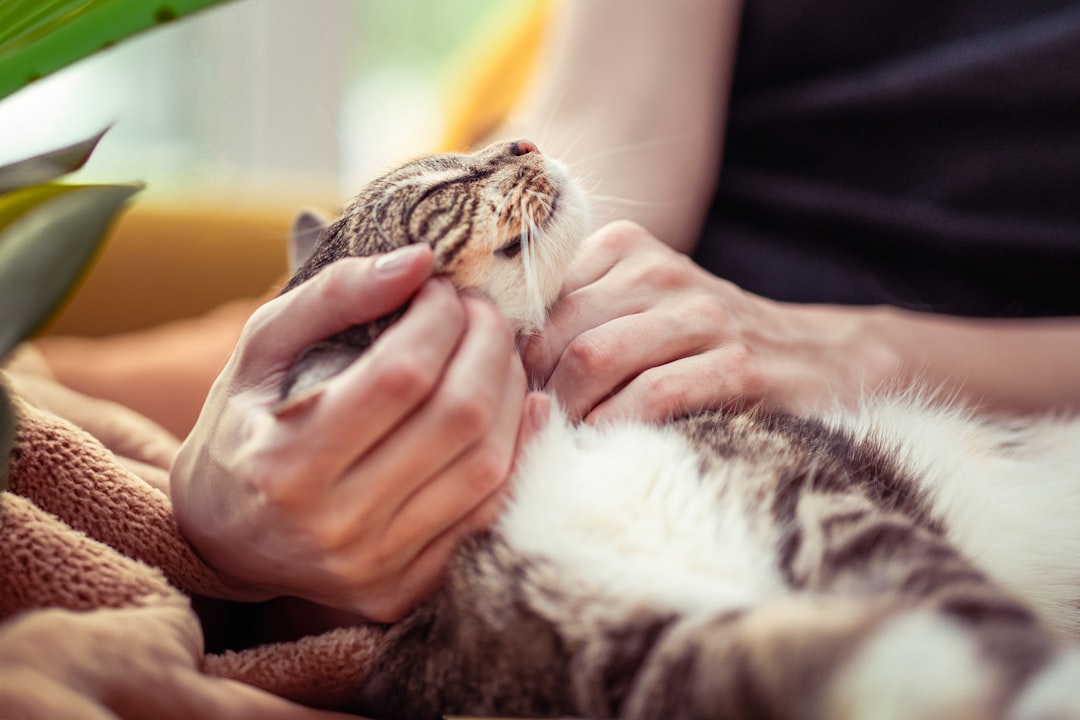
Watch for the moment when your cat starts seeking you out during thunderstorms, fireworks, or when they’re feeling unwell. This represents a fundamental shift in how they view your relationship. Curling up on your lap for a nap is a sign of deep trust. You’ve transitioned from being just a provider to becoming their safe harbor.
This milestone often coincides with cats developing what researchers identify as secure attachment styles. Research indicates that approximately 64-65% of cats display secure attachment while around 35-36% display insecure attachment patterns. At the individual level, 81% of kittens retained the same secure base designation (secure/insecure) at retest. When your cat chooses you as their secure base, they’re making you their emotional anchor.
Kneading and Nurturing – Returning to Kittenhood

The day your cat first kneads on your lap while purring contentedly marks a profound emotional regression in the best possible way. This is a behavior that begins in kittenhood and is associated with nursing on their mother. Kneading is believed to bring comfort by releasing endorphins to reduce stress and promote relaxation. Relaxed cats that knead are showing contentment.
When adult cats knead on their humans, they’re essentially treating you like their mother figure. Kittens knead when they suckle their mothers. Many adult cats keep the habit and enjoy a good knead involving their favorite person’s arm or lap. Some cats knead just before settling in for a snooze. This behavior represents the deepest level of comfort and emotional security they can express.
Grooming Reciprocity – Mutual Care Behaviors
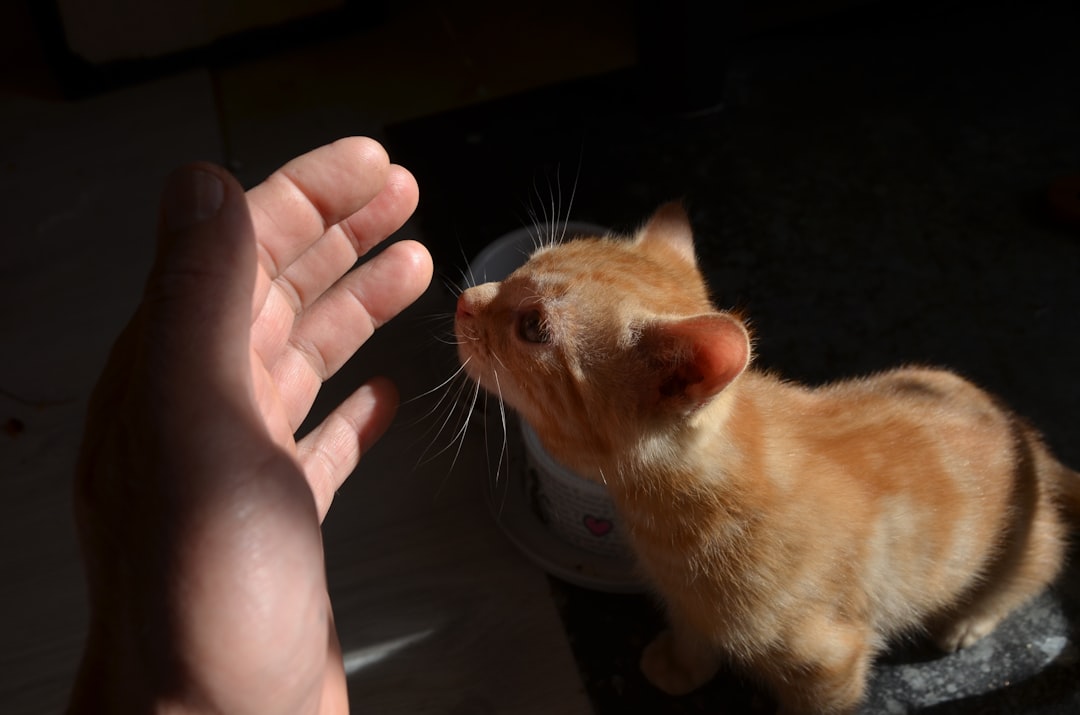
Something beautiful happens when your cat starts licking your hand or face with the same gentle attention they give their own fur. Cats groom each other as a display of affection, and this behavior will extend to humans when trust is built. Cats will often lick their people or allow them to brush them. Licking is similar to the grooming cats perform on their feline friends, allowing them to mark each other and build their bond.
This grooming behavior represents equality in the relationship. Mother cats also use grooming to bond with their kittens. Cats sometimes show humans affection in the same way by gently licking their favorites while cuddling. Your cat now sees you not just as a caregiver, but as a family member worthy of their nurturing attention.
Emotional Synchronization – Reading Your Moods
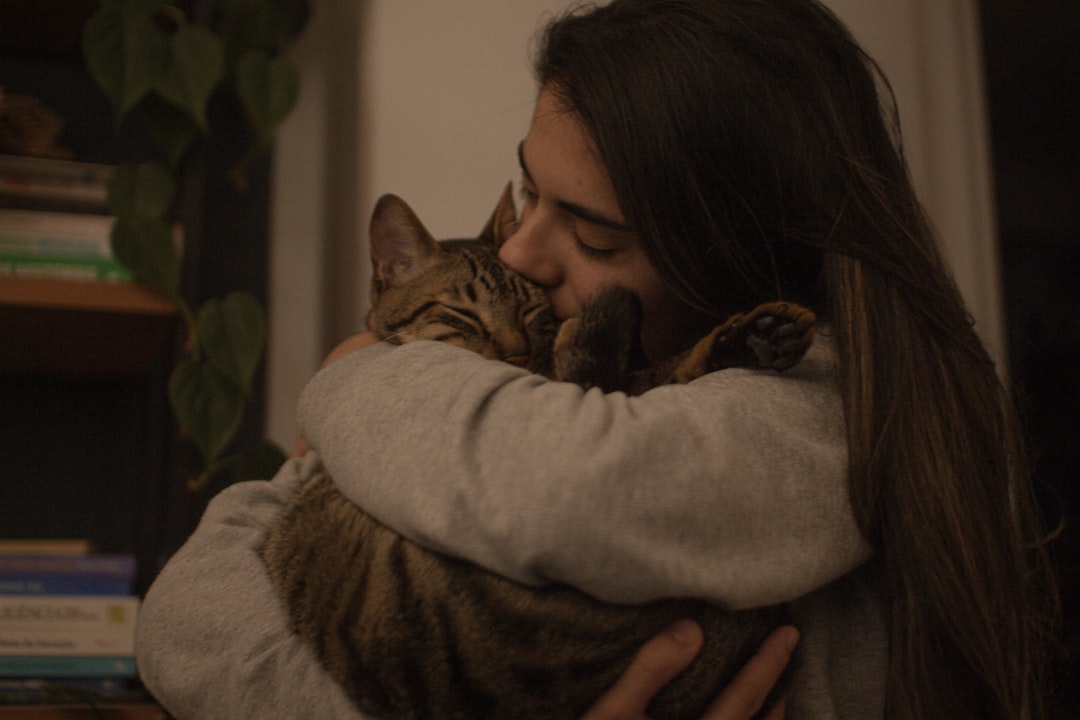
One of the most remarkable milestones occurs when you notice your cat responding to your emotional states. Cats are also able to distinguish between our emotional cues and can read our body language to an extent. For example, cats have been known to spend more time with people that are depressed, and they tend to interact more with humans that seem excited or agitated.
This emotional attunement goes beyond simple observation. Research shows that pet ownership, especially for cats, can reduce anxiety and stress, improve cardiovascular health, and build emotional resilience. Conversely, a caregiver’s mental health and emotional stress can directly influence a cat’s behavior, stress levels, and overall welfare. Your cat has become emotionally invested in your wellbeing.
Lifelong Commitment – The Mature Bond
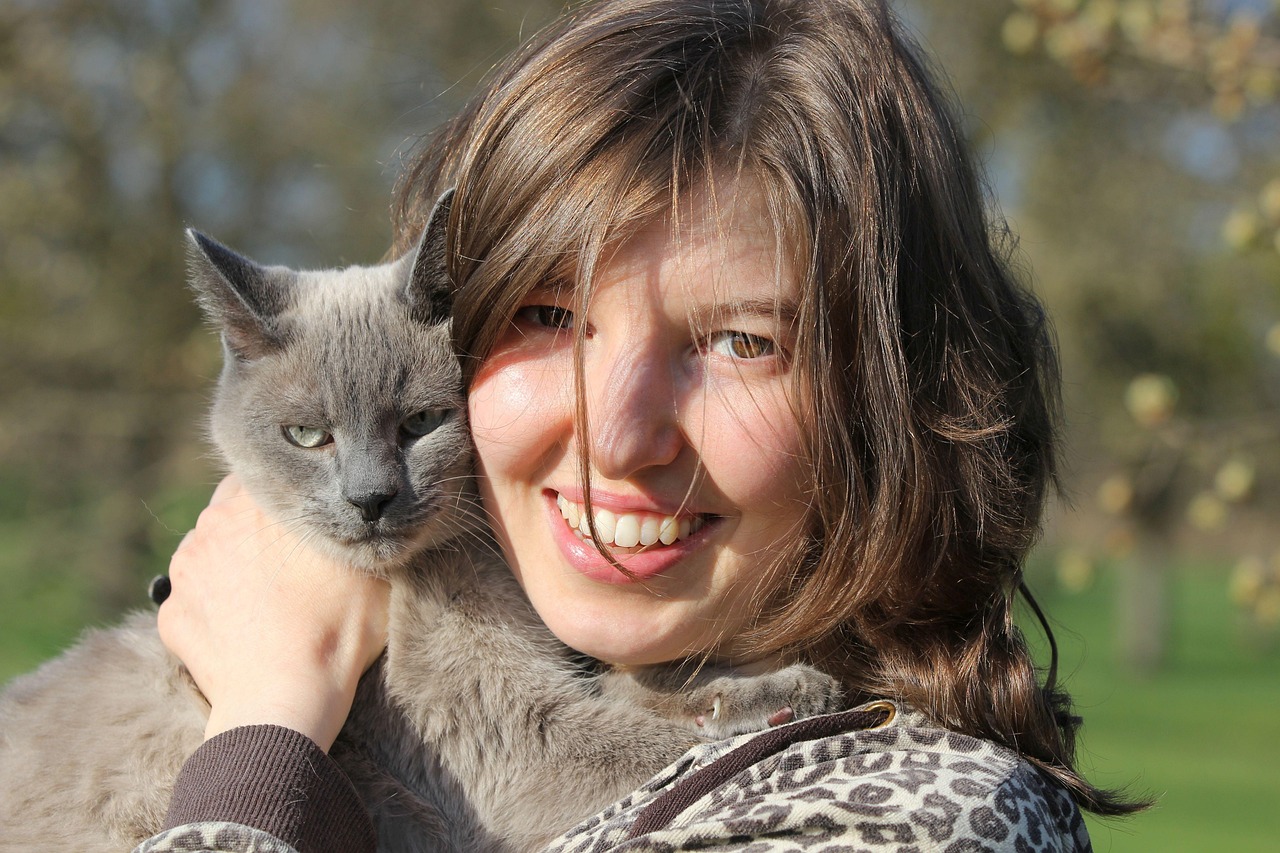
The final milestone isn’t really an ending but rather the settling into a mature, complex relationship built on years of shared experiences. The “co-dependent” and “friendship” relationship were characterized by an emotionally invested owner but differed in the cat’s acceptance of others and need to maintain owner proximity. In conclusion, as with any complex social relationship, the type of cat–owner bond that develops is the product of the dynamic that exists between both the individuals involved.
By this stage, you and your cat have developed what researchers call a “friendship” type relationship where mutual understanding runs deep. Some cats, particularly certain pure breeds, develop such strong attachments to their owners that they suffer from separation anxiety when left alone – expressed in various ways, including inappropriate toileting, excessive vocalization, or overgrooming. This isn’t dysfunction; it’s the natural result of a profound emotional bond that has developed over years of companionship.
Conclusion
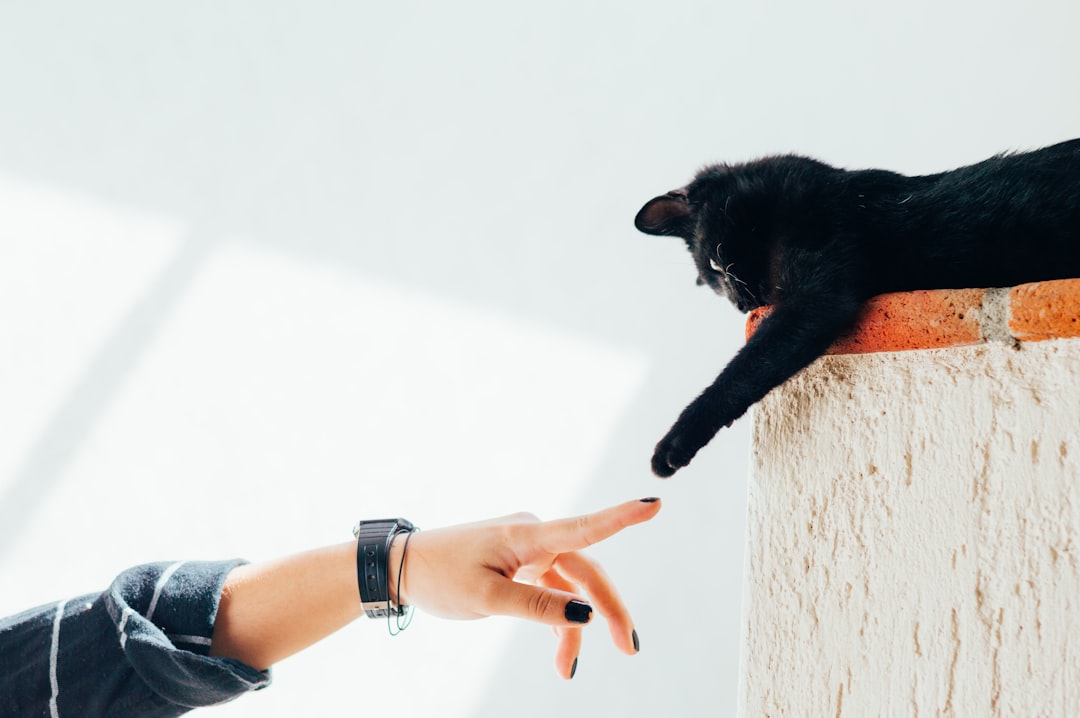
These ten emotional milestones represent more than just behavioral changes. They chronicle the development of a genuine interspecies friendship built on trust, understanding, and mutual affection. While they may not rely upon people to feel safe as dogs do, many cats show affection towards their guardians and seem to highly value the company of their human companions. Their attachment to humans is partly influenced by their experiences of being handled by people as a kitten. Cats behave towards humans in the same way that they respond to their feline friends, so the secret of whether your cat feels bonded to you lies in their behaviour.
Every cat-human relationship is unique, developing at its own pace and reaching its own depths of connection. Some cats might breeze through these milestones quickly, while others take years to fully open their hearts. The beautiful thing is that once these emotional bonds form, they tend to last a lifetime, creating relationships that enrich both human and feline lives in ways we’re only beginning to understand.
What’s your cat’s love language? Have you noticed these milestones in your own relationship? Tell us about your special bond in the comments.





